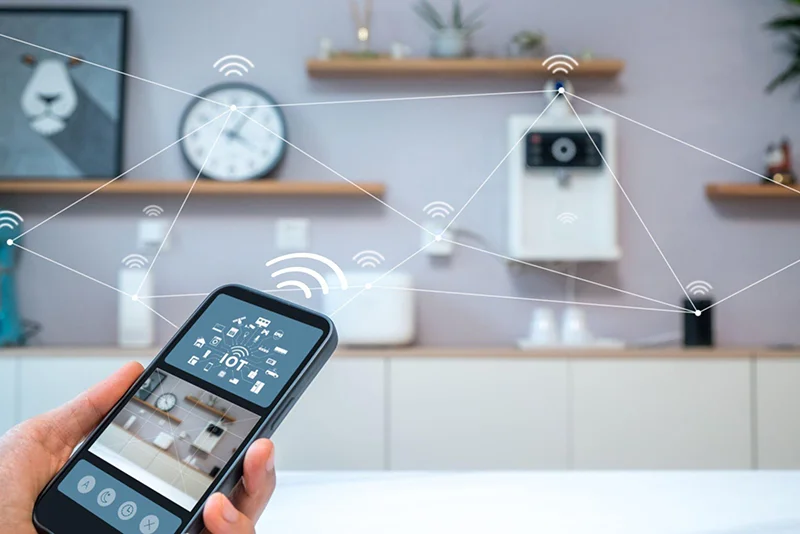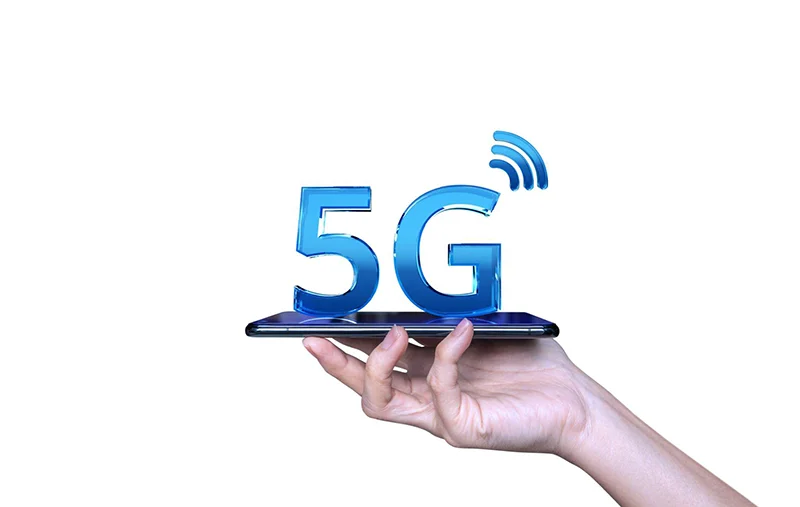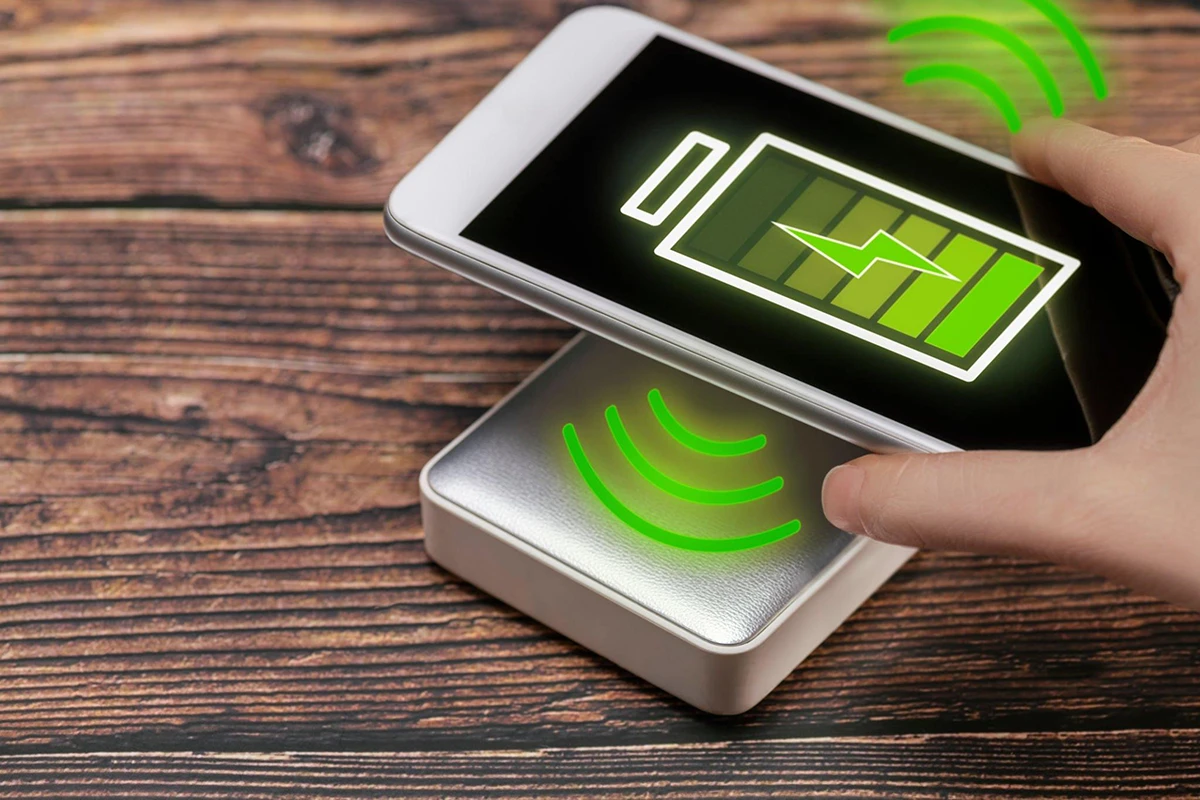Technology is an ever-evolving field, and new innovations are introduced every day. With the rise of artificial intelligence, the Internet of Things, and the rapid expansion of 5G networks, it’s becoming increasingly challenging to predict what the future holds. In this article, we’ll analyze the emerging technology trends and give you an idea of what to expect in the near future.
The Internet of Things (IoT)
The Internet of Things refers to the network of devices that can communicate with each other and the internet. This includes smart home devices, wearables, and other connected gadgets. The IoT has been growing rapidly, and it’s expected to continue its expansion in the near future. By 2025, it’s estimated that there will be over 75 billion IoT devices in use.
One of the most significant benefits of the IoT is its ability to make our lives more convenient. Smart home devices allow us to control our appliances and security systems from our smartphones. Wearables can track our fitness and monitor our health. In the future, we can expect the IoT to become even more integrated into our lives, with the introduction of more connected devices.

Artificial Intelligence (AI)
Artificial Intelligence refers to the ability of machines to perform tasks that typically require human intelligence. AI is already being used in a variety of applications, such as voice assistants, image recognition, and natural language processing. In the near future, we can expect AI to become even more ubiquitous.
One of the most significant applications of AI is in the field of automation. AI-powered robots and machines can perform repetitive tasks with greater speed and accuracy than humans. This can lead to increased efficiency in industries such as manufacturing and logistics.
Another area where AI is expected to have a significant impact is in healthcare. AI-powered tools can analyze medical data and assist doctors in making diagnoses and treatment decisions. This can lead to more accurate diagnoses and better patient outcomes.
5G Networks
5G is the fifth generation of cellular networks, and it offers significantly faster download and upload speeds than its predecessors. 5G networks are being rolled out globally, and it’s expected that by 2025, over 1.2 billion people will be using 5G.
One of the most significant benefits of 5G networks is their ability to support the growing number of connected devices. With the IoT continuing to expand, 5G networks are necessary to ensure that devices can communicate with each other quickly and efficiently.
Another area where 5G networks are expected to have a significant impact is in the field of virtual and augmented reality. With the faster speeds offered by 5G, it’s possible to create more immersive virtual and augmented reality experiences.

Conclusion
The technology landscape is constantly changing, and it can be challenging to keep up with emerging trends. The IoT, AI, and 5G networks are just a few of the trends that are expected to shape the future. By staying up-to-date with these emerging technologies, we can prepare ourselves for the future and take advantage of the benefits they offer. At TechFuturists.net, we’ll continue to analyze and report on the latest technology trends, so be sure to check back for updates.






